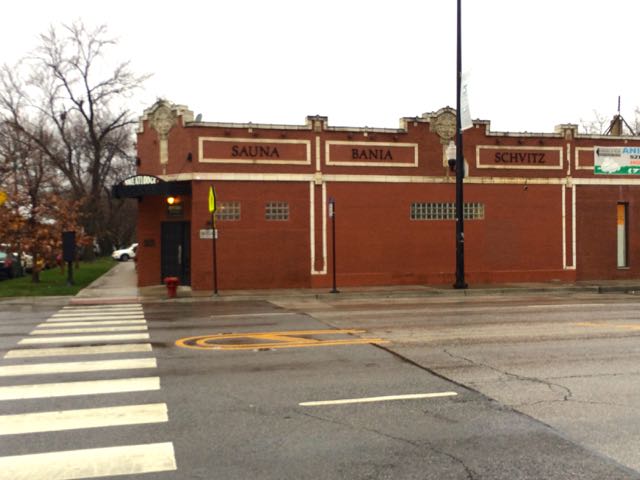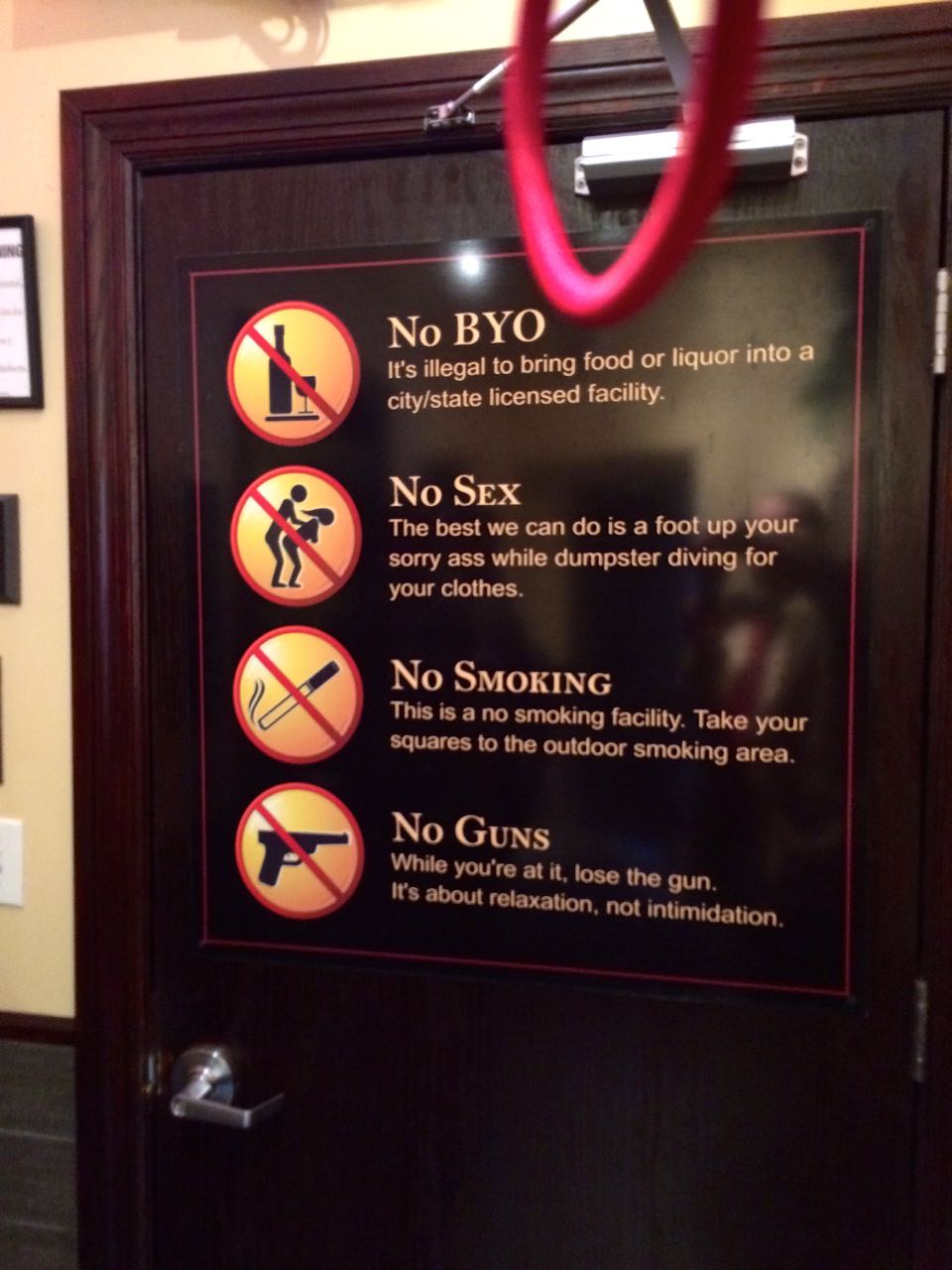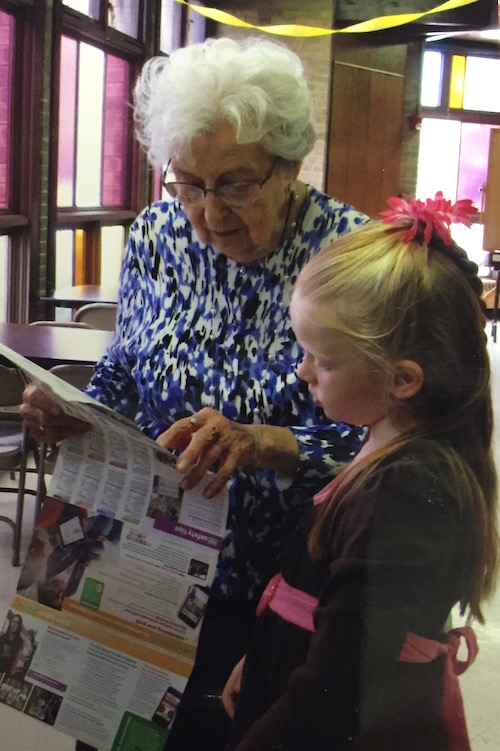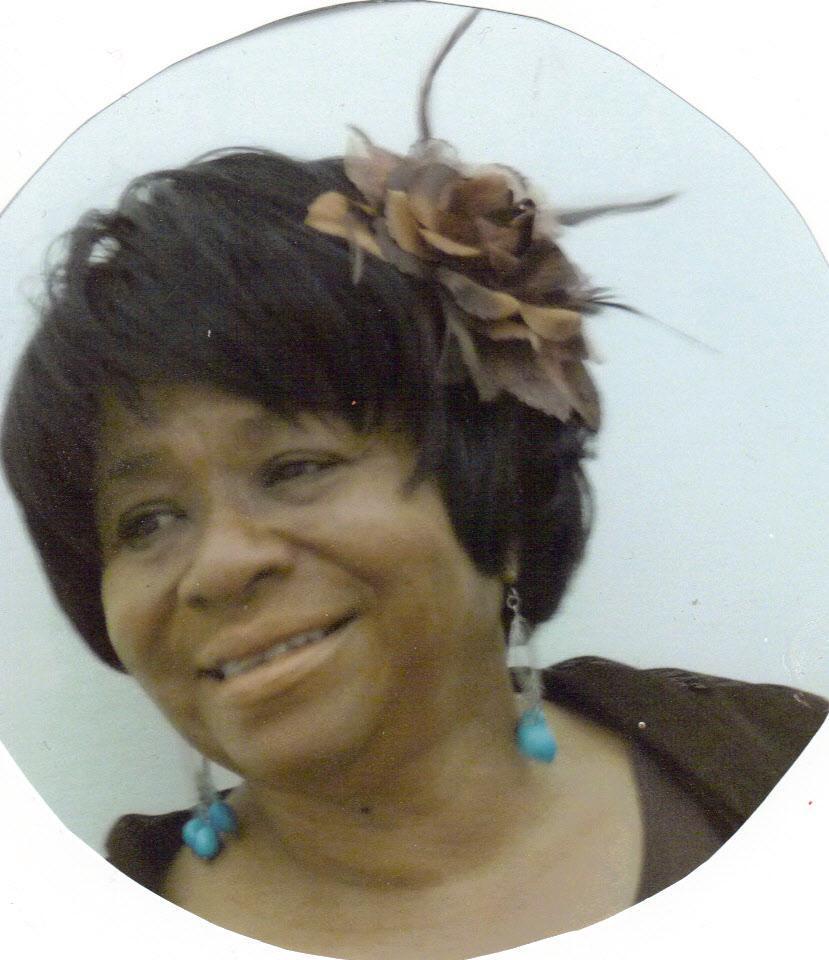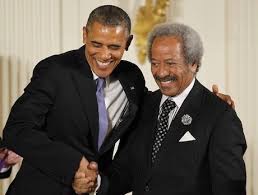Does she get an organ donor card now?
December 6, 2015 • 6 Comments • Posted in baseball, Mike Knezovich, travel, UncategorizedRetired White Sox organist Nancy Faust donated her own personal Hammond organ to White Sox Charities for their holiday garage sale, which was held yesterday. Nancy and I have become friends over the years, and she told Mike and me about her “organ donation” a few weeks ago when we joined her along with her husband Joe Jenkins and their son Eric for happy hour to hear Chris Foreman on the Green Mill Jazz Club’s Hammond B3.
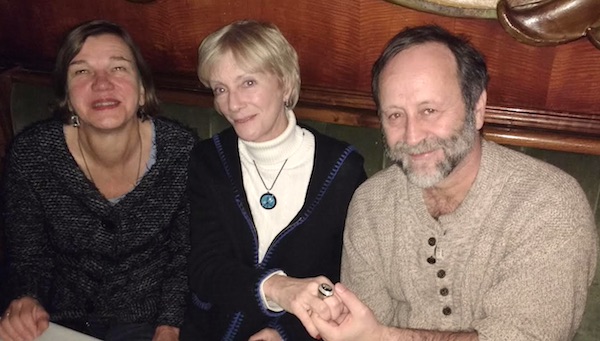
Me and Mike with Nancy Faust at the Green Mill. Nancy showed Mike her World Series ring–and yes, he did eventually let go of it.
“The one I’m donating is a Hammond Elegante,” she said, assuring me that she and Joe still own a number of organs so she’ll have a way to play at home when she gets the urge. Nancy’s mother was a professional musician, and Nancy’s father owned a business renting organs to music clubs, bars and civic groups in Chicago when Nancy was growing up. Her husband Joe eventually took over that business, and he’s retired now, too. “I was lucky to be born with perfect pitch,” she told me. “I’ve been playing by ear ever since I was a little girl,” To prove her point, she turned toward the Hammond B3 playing behind us. “Like right now,” she said. “He’s playing in the key of F.”
We all had a fantastic time together at the Green Mill, and back home I looked up Nancy’s donation on an MLB site:
This organ is a Hammond Elegante Model 340100. Nancy was the White Sox organist for four decades from 1970 – 2010. This organ is Nancy’s personal organ from her home. She has autographed the music rack.
Hmm. The wheels started turning. I can play piano. Could I play the organ? Even if I couldn’t play it, wouldn’t it be cool to own one? And wouldn’t it be especially cool if it had once belonged to White Sox organist Nancy Faust? But wait, there’s more: the money spent on the organ all goes to charity!
The MLB site said the opening bid would be $1000 and gave the organ’s dimensions as 53 inches tall and 55 inches wide. That wide? Almost six feet, right? We already have a grand piano, an upright string bass, a guitar, an accordion, drums and various percussion instruments squeezed into our living room. Our apartment really isn’t big enough for a Hammond organ. But we could always get rid of the couch, right?
About the time I was getting serious about this — and Mike was getting nervous — we were happily distracted by a visit to our dear friend Lydia. She moved away from Chicago a few months ago to take a job writing for the Harvard Alumni Magazine. It’s a great job in a very cool town. We knew we’d miss her, though, so we made arrangements long ago to fly to Boston to spend these past couple days with her in Cambridge. We walked and laughed and hung out and shared stories and ate lots and lots of oysters. To Mike’s great relief, all thoughts of bidding on the organ went out the window, and by the time we landed back at Midway, the bidding had closed.
This just in: MLB reports that “the organ, put up for sale by the Chicago White Sox during their annual holiday sale for charity on Saturday, was purchased by Josh Kantor, the popular organist for the Boston Red Sox at Fenway Park.” Fantastic to know it will be quite literally, in good hands.
- Hammond Elegante Model 340100: $1000+.
- Friendships with Lydia and Nancy: Priceless.
And if you want to see and hear Nancy talk about her donation, check out the video clip below:
[mlbvideo id=”533078483″ width=”400″ height=”224″ /]
